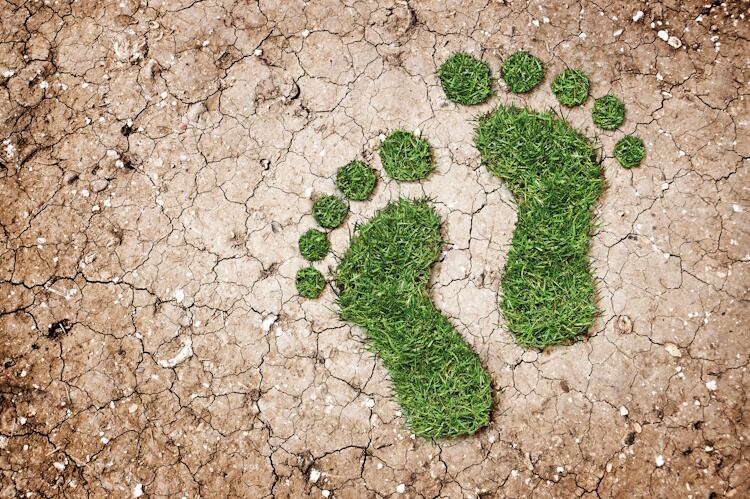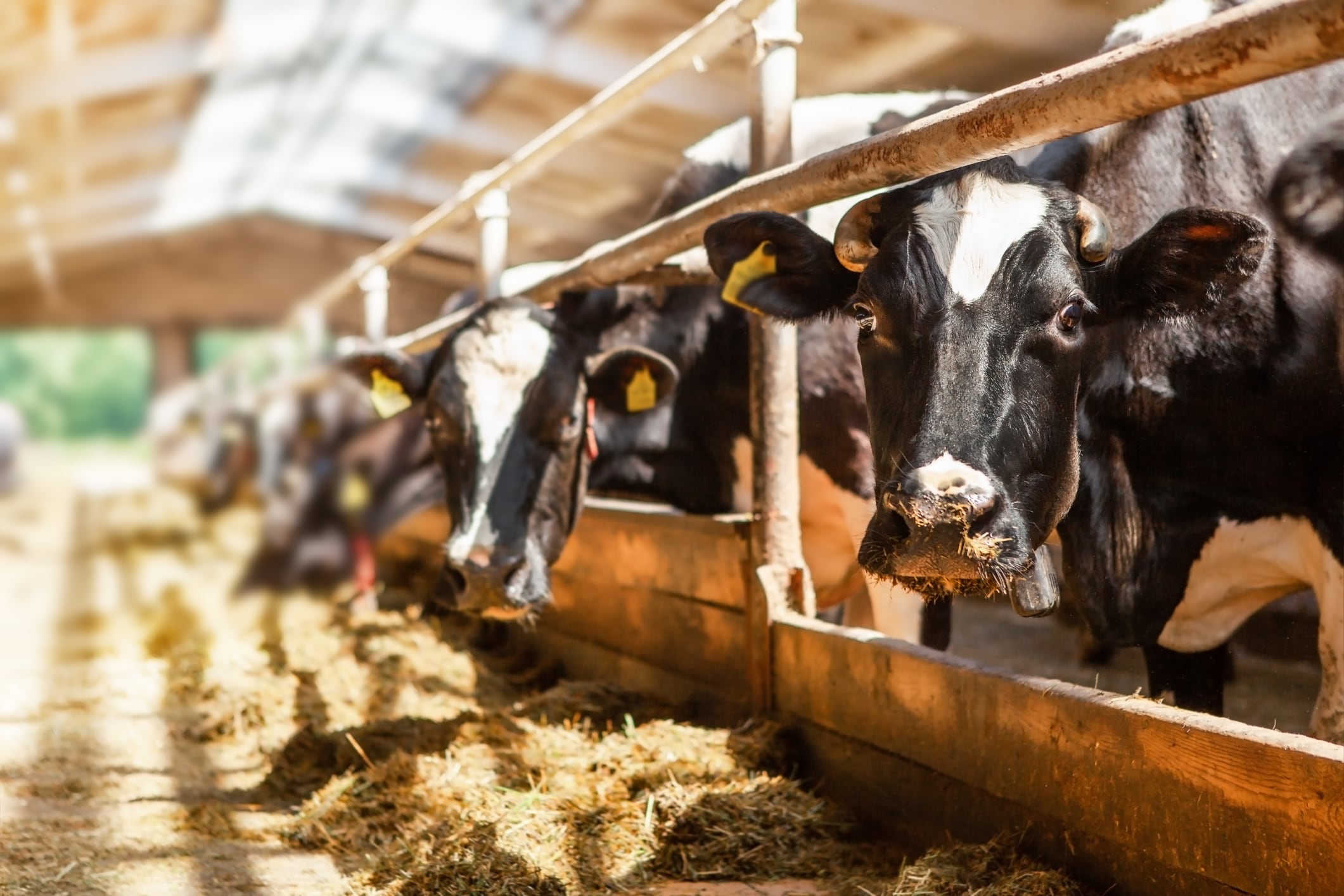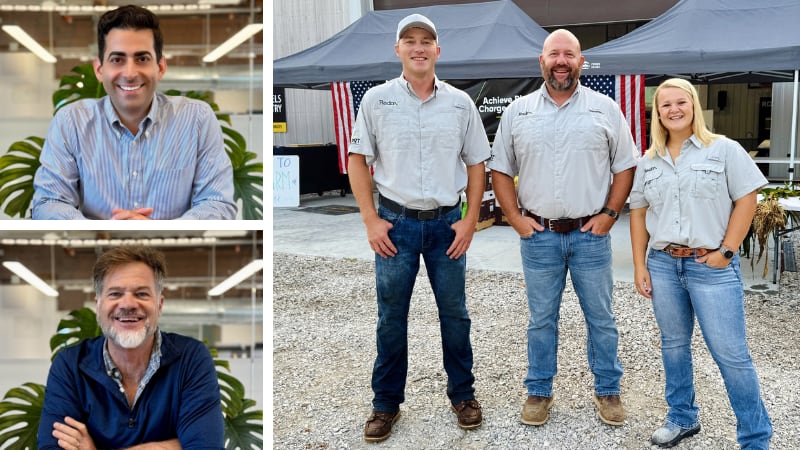SCS Global confirmed that InSoil’s carbon farming program met the rigorous requirements of the Verified Carbon Standard (VCS) and complied with the VM0042 Methodology for Improved Agricultural Land Management.
SCS Global verified the removal of 154.915 tonnes of greenhouse gas emissions (GHG) from 1 July 2020 to 31 December 2023 through the implementation of regenerative practices.
This was a “a major achievement” for the Lithuanian-headquartered company as it paves the way for InSoil to expand its partnerships across Europe, its primary market.
“It’s a clear indication to any corporate looking to acquire carbon credits as part of their climate journey. It’s a strong signal that our programme is capable of issuing verified environmental attributes. This is no longer just a conceptual idea, it has been validated by a third party, proving we can generate environmental products from our project,” said Fernando Hierro García, senior sustainable business development manager.
Four million by 2027
InSoil’s carbon farming project incentivises farmers to adopt regenerative agricultural practices to support soil carbon sequestration and reduce GHG emissions.
In turn, they generate carbon credits, which can be sold to companies seeking credible, traceable climate action beyond their supply chains.
Currently, the company has over 700,000 hectares enrolled in its programme and is on track to issue more than four million verified carbon credits by 2027.
“We’re really drivers of change. We work with farmers who are either starting their regenerative journey or looking to begin, and we help them take that step – providing financing when needed and agronomy advice when needed, often both
“We address the challenges farmers face when transitioning to regenerative practices… We have people on the ground to answer those questions. And sometimes farmers have the funds to make the transition, but when they don’t, we can provide that capital,” said García.
Toward trusted offsetsThis comes at a crucial time as the carbon credit market undergoes significant changes, including the impending completion of the European Union (EU) Carbon Removal and Carbon Farming (CRCF) guidelines.
Adopted in December 2024, the guidelines are expected to standardise definitions, methodologies, and certification processes for carbon removals, carbon farming, and carbon storage in products.
By establishing clear certification standards, the CRCF aims to strengthen trust and demand in the carbon credit ecosystem.
“There are still details pending on methodologies and the real content is still missing, but it is expected to be launched by next year, or 2027 at the latest. It will give a lot of credibility to the market, because non-government organisations will no longer be the ones defining what a carbon credit is, it will be an intergovernmental entity providing that credibility,” said García.
Looking ahead, InSoil expects the carbon credit market to enter a new phase of growth.
“What we’re expecting to see is that the solid foundations currently being built will finally be laid down. We’re going to stop talking so much about integrity, because it’s going to be a given. No more shady carbon accounting, it’s going to be robust and strong.
“And as such, a carbon offset will, without a doubt, be a powerful tool to decarbonise supply chains and also address beyond value chain carbon footprints. This is already happening, but it will be strengthened, adopted, and then we can focus on real climate action,” said García.





